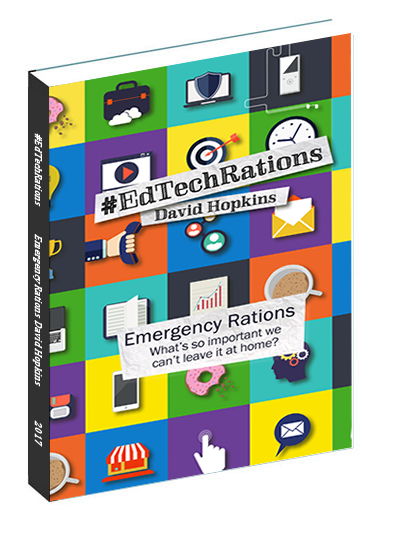Creating games with Caspian Thinking Worlds software
 Well, here I am. Two days of training with Brian Bishop from Caspian gone and what next? Blimey, now I ‘ve got to build the game(s).
Well, here I am. Two days of training with Brian Bishop from Caspian gone and what next? Blimey, now I ‘ve got to build the game(s).
Brian was truly awesome, extremely knowledgeable and honest enough to say when he didn’t know something … and straight on the phone to the office to get the solution.
From introducing the interface, the characters, the environments, etc all the way through to managing the ‘scene flow’ interactions, character animations, conversations, communications, moving around the scene (and changing scenes) it is all so very complicated … but SO MUCH FUN!! Who’d have thought I’d be coming to work today to design a game?
So, what is it all about? Thinking Worlds, as I’ve already introduced in a previous posts “Caspian Learning; Game Based Learning 2009” and “eLearning Game; have you produced or used one?” is a;
“… globally unique 3D engine and authoring environment. Thinking Worlds enables designers to create and publish highly immersive simulations”.
Brian reckons that 1 hour of playing time is equivalent to 300 hours of development time. Food for thought before you start thinking “hey, this is easy”.
From my previous ‘playing’ with the software when I had it on a 30-day trial download, now we have the fully licensed version, I was able to produce a simple environment with object and characters and very basic interactions. The training has enabled me to properly visualise the pedagogy of the scenario for the game, as well as introduce the kind of techniques that enables the player to take different tracks through the game depending on decisions and performance.
So, if I’m going to create something for a Contract Law Unit, let’s use the Courtroom environment.
This is ’empty’ but with minimal desks, chairs, etc. Using keyboard and mouse controls together you can easily move around the scene, going into each room, changing the aspect of the view (from above, from beneath, rotate left/right, etc) and start placing and planning the ‘game’.
Here’s one I worked on during the training;
Here you can see (if you look at the bigger version);
- a stereo – will play audio MP3 when clicked (Guns n’ Roses; it was all I could find at short notice),
- Laptop – will open and play a downloaded YouTube clip,
- Spline (red line) – a character will walk along this line when the game starts. You can then, if you can catch him, stop him and enter into a communication,
- Extra characters – a few placed around to fill the court up,
- Documents – click on the document icon on the table and read copies of PDF or Word documents.
There is much that can be done here, and I know I haven’t got anywhere near the full feature or interaction list but I am loving it.
Part of the game above is that you can walk up to a door and move to another scene; in this case into a new environment, a different Office;
This is going to be part of the background story to why the player is in court.
So, why haven’t I shown you the game so you can walk around it yourself? I think I fluffed something up when I created it. When I came to publish it I get an error, which Brian and his team are looking into for me.
One downside of the current version (soon to be remedied) is that I cannot publish for the web with embedded video in the game (on the laptop, and projector screen), but it should work when publishing for a ‘standalone’ .EXE file. Another downside is really something individual to me; unless I use this software a lot over the next few weeks I will soon forget how to use it, especially when you start looking into the advanced interactions in the ‘scene flow’ arena.
I will be writing more about this as I do, generate, and learn more about it.





















It’s very clear the Bournemouth University is a leader in adopting new, effective learning technologies. Keeps the mind sharp – both for the learners and for you, the designers.
One thing to note – the 300 hours of time required to build an hour-long game includes the analysis, design, and development within the ADDIE model. So gathering content and working with SMEs is included – but the iterative process is required to get the best out of it.
Rock on!
Thanks for the comment and insight Brian, very useful.
David
For web conferences you should try http://www.showdocument.com ,
Great for online teaching and collaborating. I use it for working on my designs with other in my field.
Its free and pretty simple – you just upload your file and invite others to view it together.
– Laura W.
nice post and a good insight. we’ve been using thinking words since release and did the additional webinar session last week. Great software with excellent support from the team at caspian.
we’ve let our game designers loose and they are producing excellent learning resources.
I’m running a game in a day session with 35 computer game design students later this month at Norwich University College of the Arts so that will be a really good test!
Scott
Thanks for the comment. Like you I have had excellent support from the team at Caspian, both email and forum based, and their knowledge of the pedagogy behind the system is as valuable as their knowledge of the system itself.
Good luck with the session in Norwich.
David.
Hi, colleague! I like your blog, it’s so interesting! I think it’s pretty popular, isn’t it?